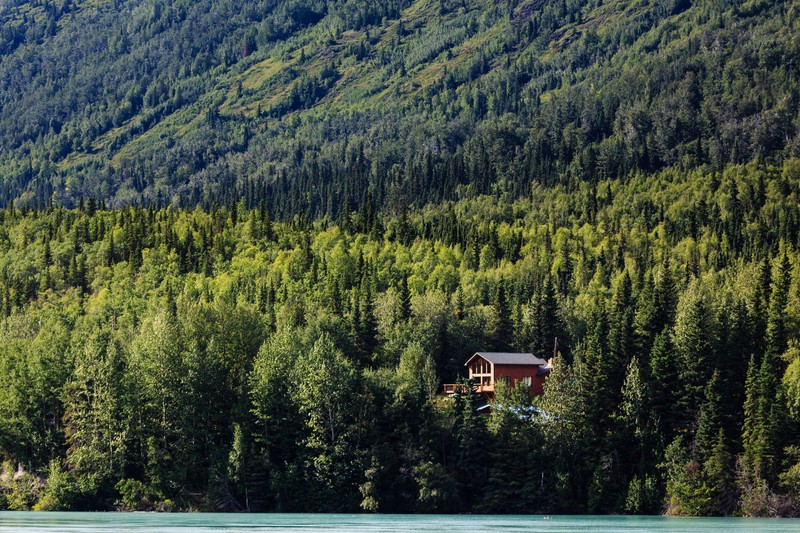A remote camp or cabin poses special challenges because of its remoteness and the reality that they are not used all that often.
Incorporating these tips into your plans for a remote cabin or an existing cabin is critical to you saving money in maintenance costs and having peace of mind when you are not there.
Consider these tips when constructing a cabin:
T-11 siding is an excellent building material, but some animals, like porcupines, are attracted to the glue used in manufacturing the plywood, so they will literally eat the siding. Some birds will peck holes in it which will allow entry to other critters and bugs. So if T-11 siding is used keep the nail spacing tight and be sure to use construction adhesive.
It is good in normal circumstances for a house to “breathe” a bit, but in this environment any vents will become access points for mice, flies, hornets, yellow jackets, etc… Keep vents to a minimum and screen well. Even ridge vents can become home to hornets, so add screening there also.
Exposed wood is always vulnerable to a variety of critters, so if it is pressure treated that will discourage many of them somewhat.. It also protects the wood from water damage.
Create secret places inside the cabin for hiding anything well out of sight. Think about locations that are difficult to access, like in the attic where the rafters meet the wall.
A root cellar has been considered a best practice for storage by past generations and is something to consider when building. It is possible to create a small hand dug root cellar and line the walls with stone at your remote site. A steel door with a steel frame is the best way to keep pests from taking up residence in your cellar.
A sturdy hasp and padlock on top of everything else will help make your out swinging doors more secure. If you have neighbors within earshot a loud alarm attached to a deep cycle battery will tend to discourage those that attempt a break in.
Plan for long term use in the event that a place was needed in which to ride out a natural disaster, survive a bout with homelessness or just to get away from the madness. Consider installing a small wood burning stove and other basics for long term use at your cabin site.
Even if you have a good plan, having a remote cabin or camp carries with it different challenges than a house that is constantly occupied.
By incorporating these tips into your maintenance plans, you will avoid a lot of issues in the future and you can rest assured your remote cabin will be ready for you to occupy when you need it.
For more information on how to maintain a remote cabin, please visit American Preppers Network.

Could you just imagine, @[100001015025034:2048:Susie]?
I live it in my dreams!!!